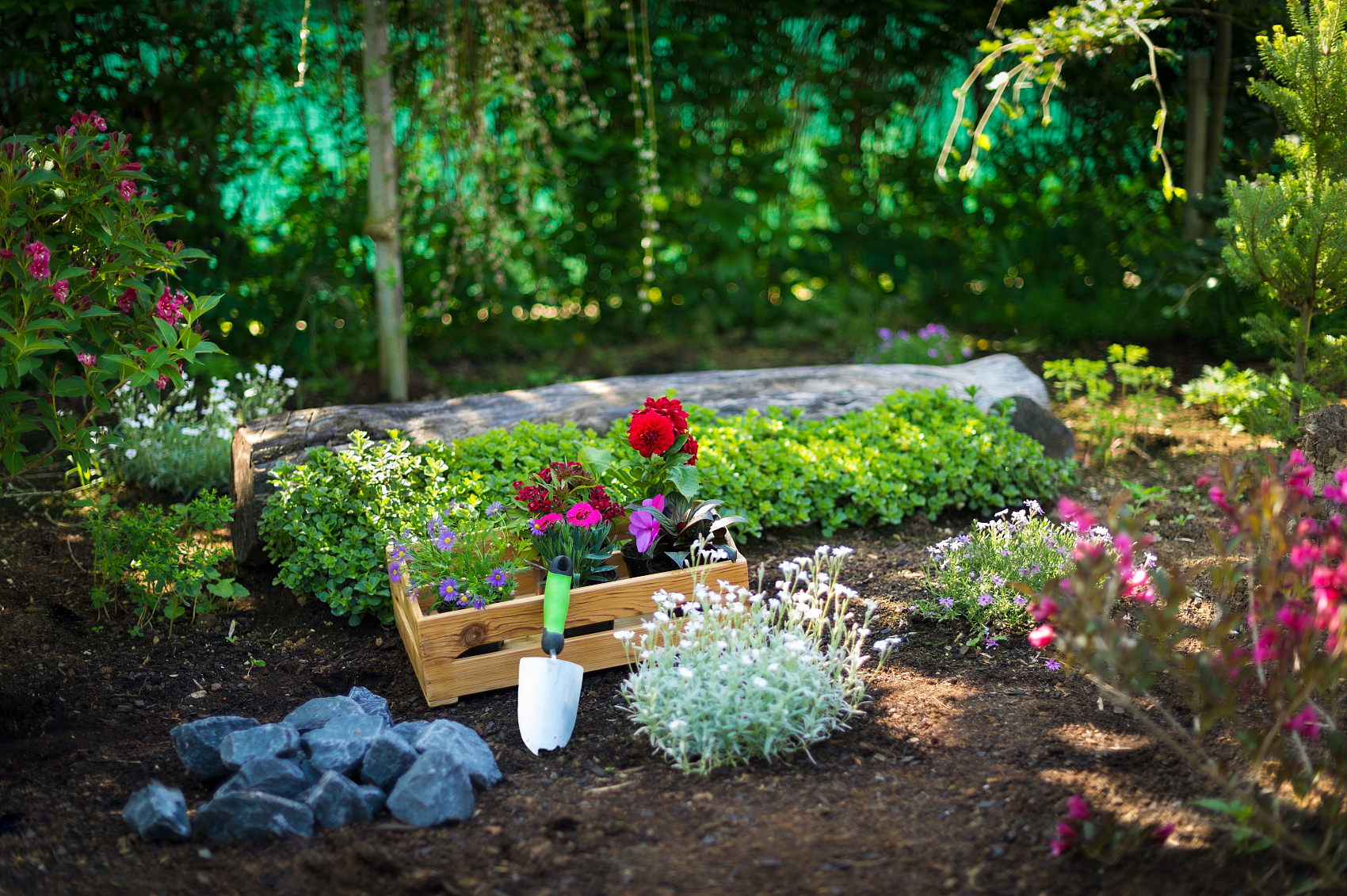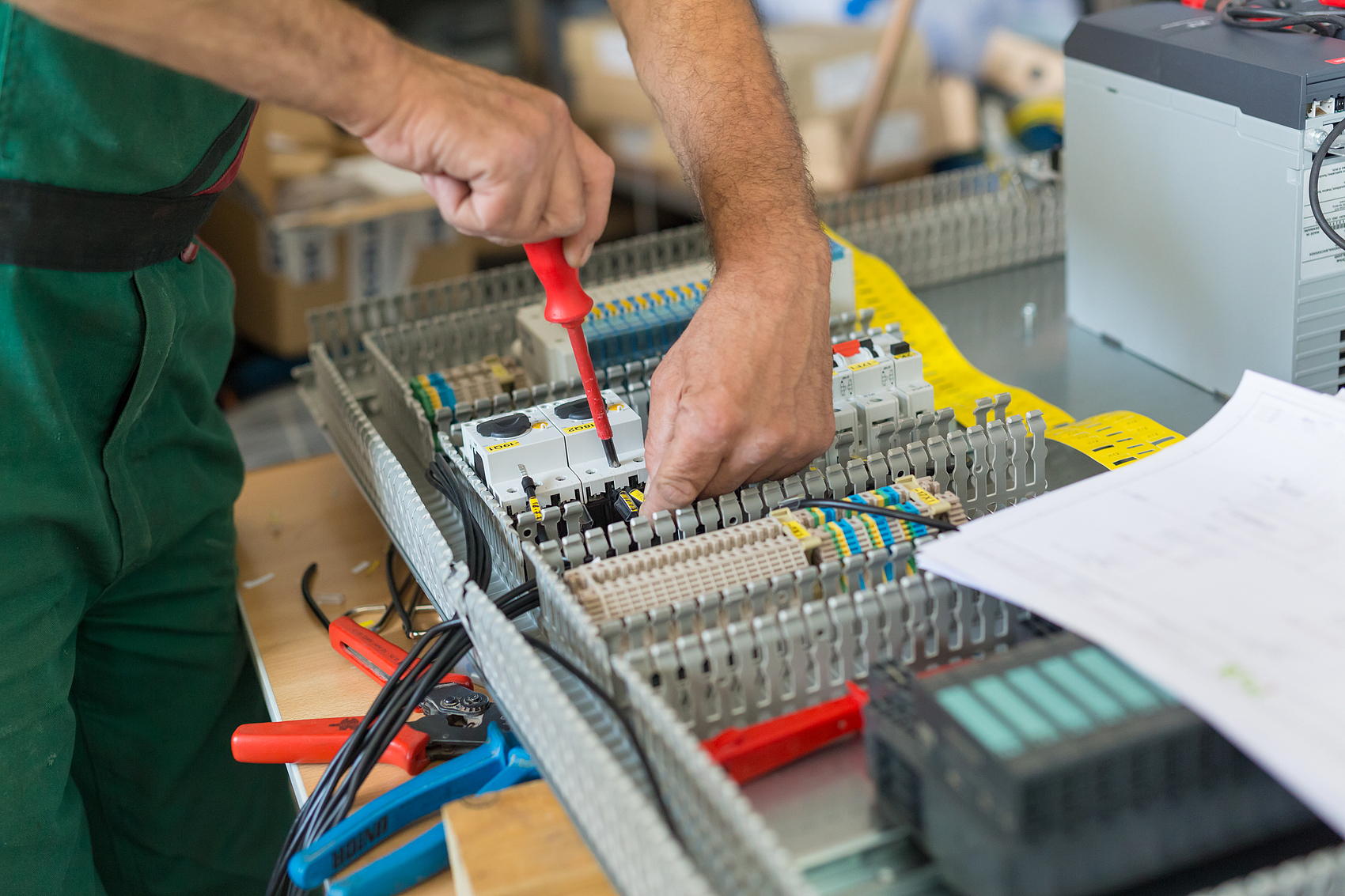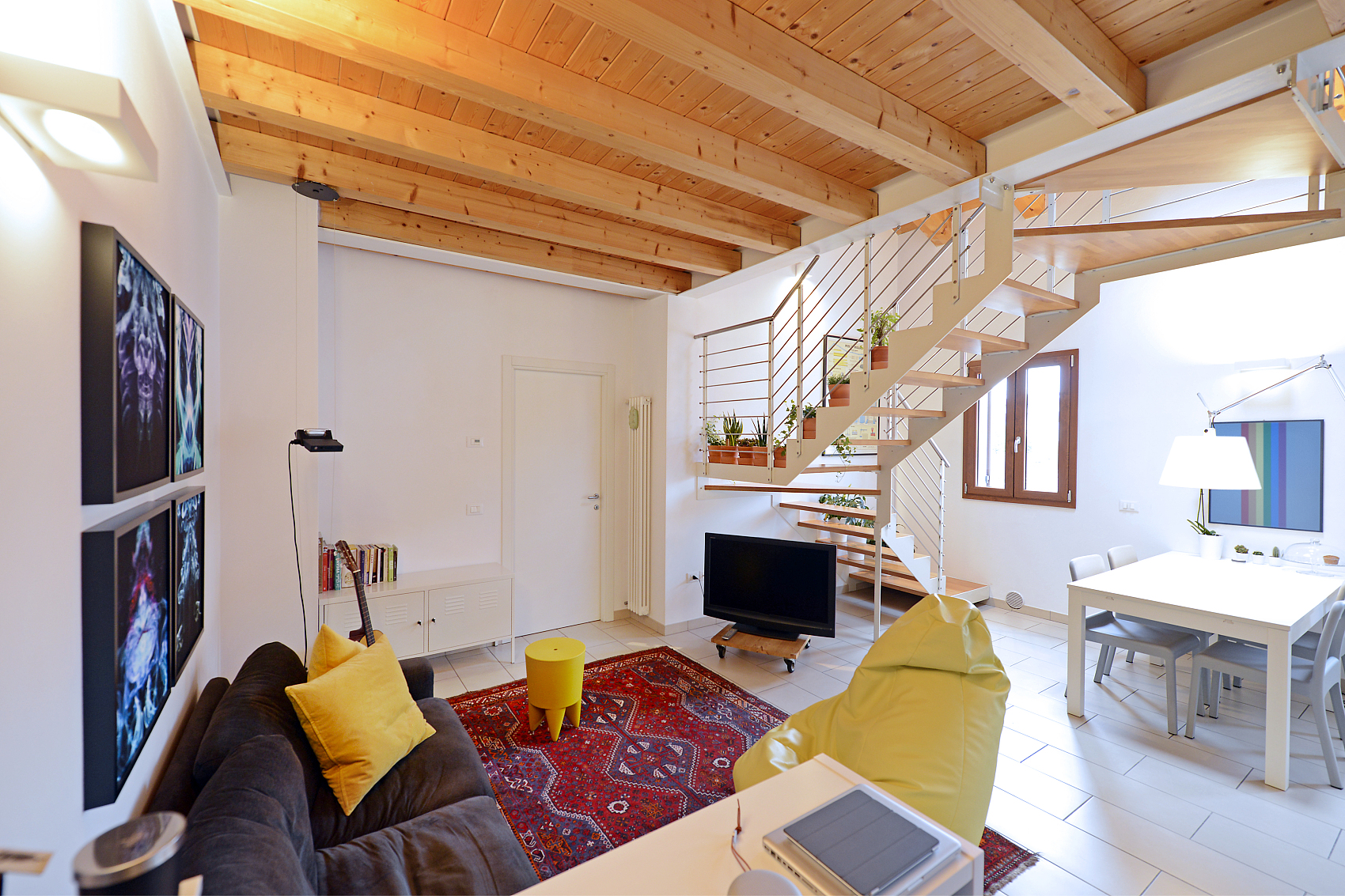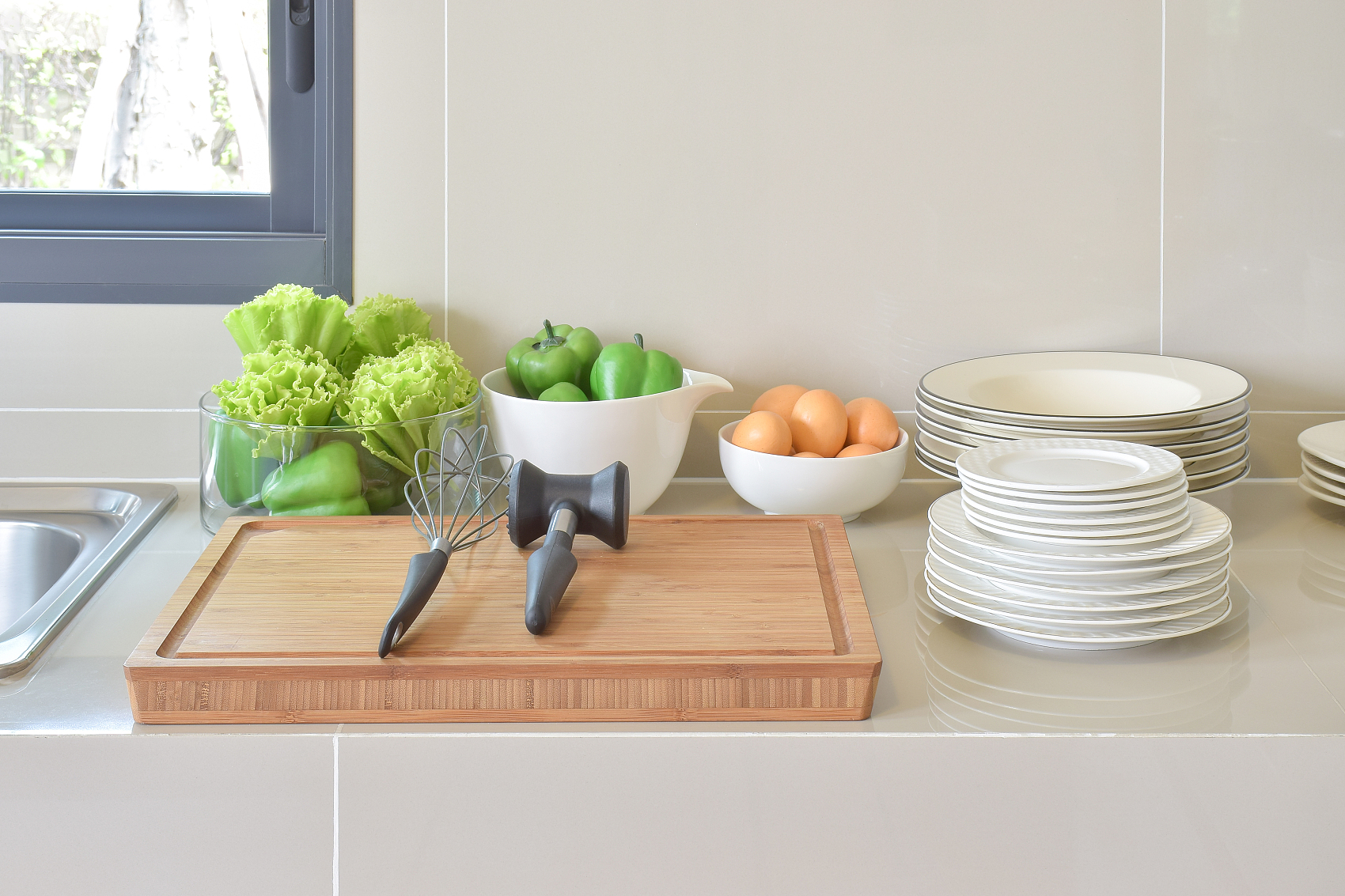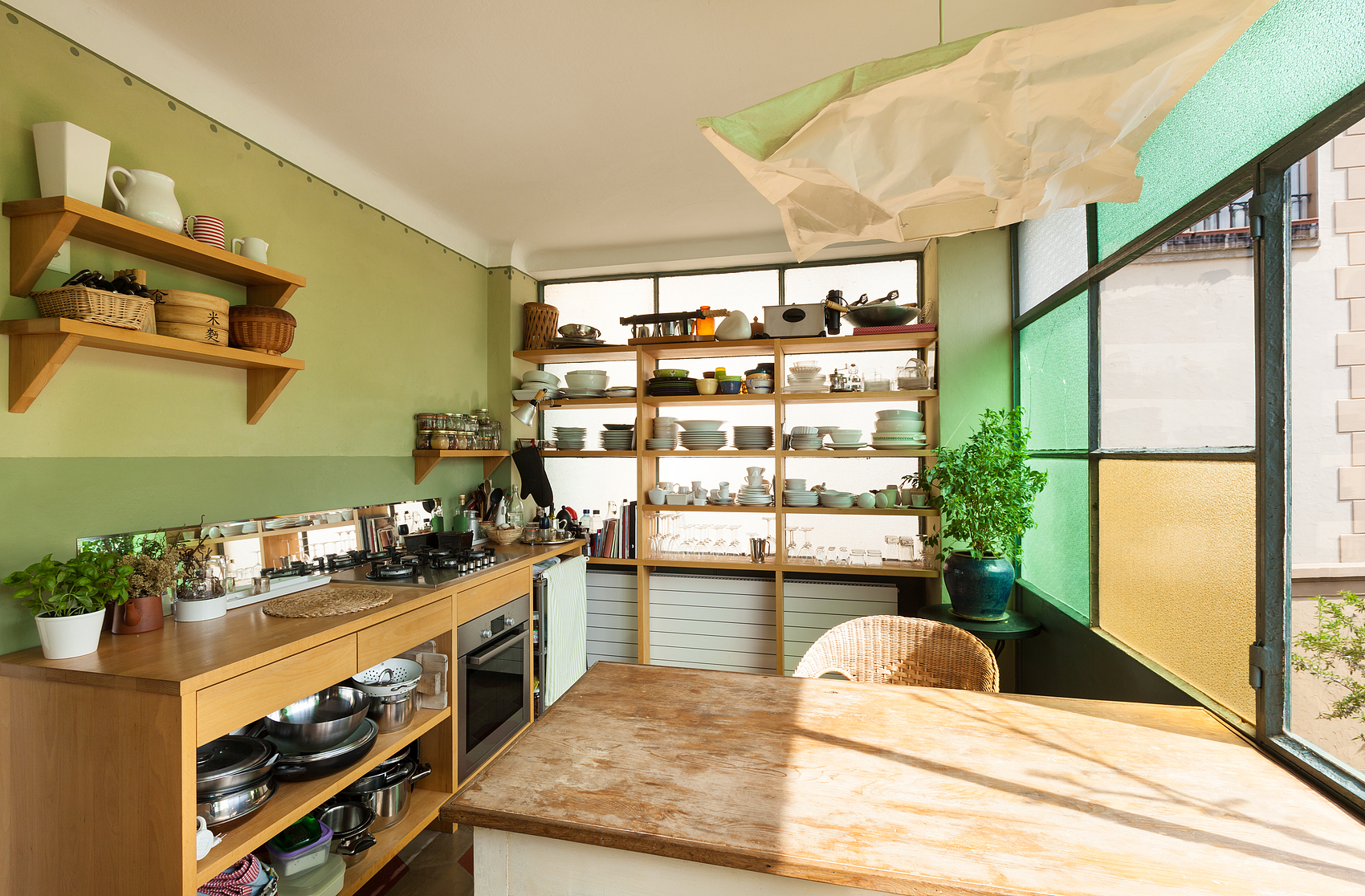The drying time for fillers can change based on several factors, including the type of filler, how thickly it’s applied, humidity, and temperature. Generally, most fillers dry within a few hours to overnight. Always check the manufacturer’s instructions for your specific product, as different fillers can have significantly different drying times. Some may even require multiple coats, with drying time needed between each one.
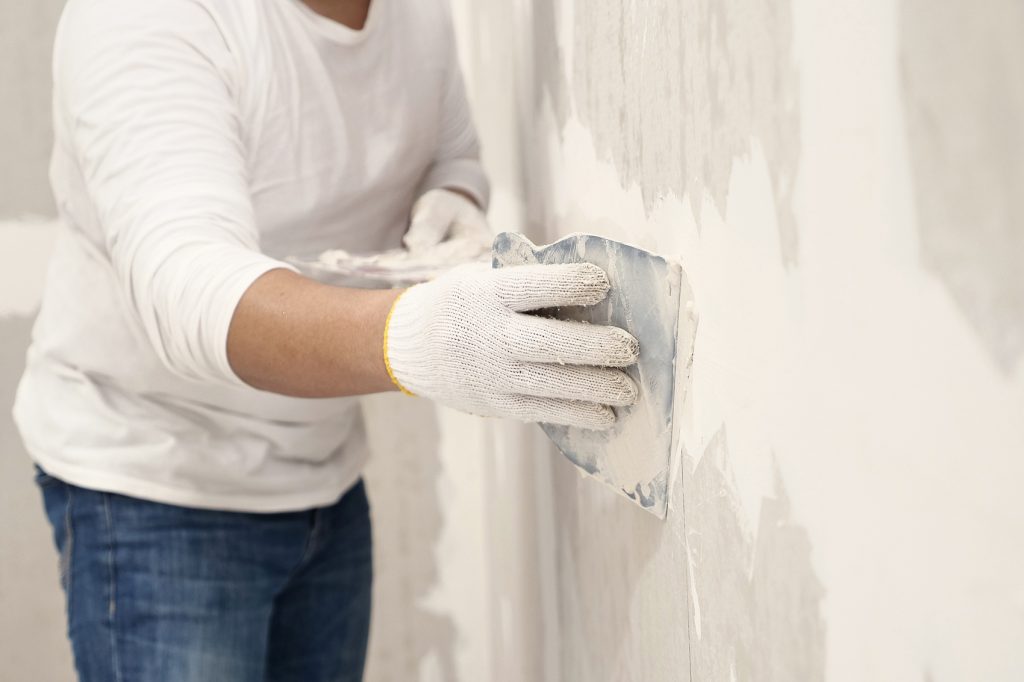
Common Types of Fillers and Their Drying Times
- Plaster Filler
Plaster filler, often used in construction and home repairs, usually dries within about an hour. However, it’s important to read the label, as drying times can vary. Once it’s touch-dry, you can apply a second layer if needed or let it dry completely for 24 hours before sanding and finishing. - Wood Filler
Wood filler typically takes between 2 to 6 hours to dry. This time can depend on the filler type, application thickness, humidity, and temperature. Always refer to the product instructions, as some wood fillers may take longer to dry. Make sure it’s fully dry before sanding or adding any finishes. - Spackle
Spackle dries quickly, often within 30 minutes to an hour for small repairs or thin layers. However, thicker applications may take up to 2 hours or more. Follow the manufacturer’s guidelines to ensure proper drying. Once it’s fully dry, you can sand it smooth and proceed with painting or other finishing touches. - Metal Filler
Metal fillers, commonly used in automotive repairs, generally have similar drying times to other fillers, drying in a few hours to overnight. Again, check the specific product instructions, as drying times can vary based on temperature, humidity, and application thickness. Allow it to dry completely before sanding or finishing.
The materials used for fillers can differ greatly based on their intended use and desired properties. Manufacturers may also add different ingredients to enhance performance and usability.
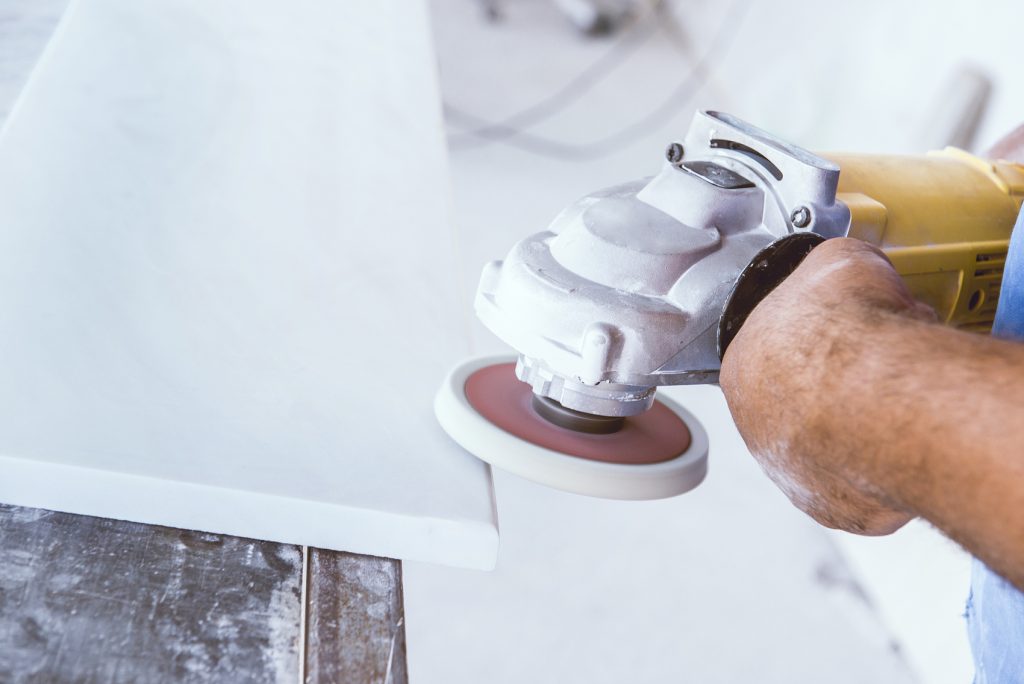
Painting Over Filler
You can definitely paint over filler once it’s fully dry. Here’s how to do it:
- Let It Dry Completely: Ensure the filler has cured as per the manufacturer’s guidelines, which usually means waiting several hours or overnight.
- Sand Smooth: Use fine-grit sandpaper to smooth the filled area, making it level with the surrounding surface for a seamless look.
- Remove Dust: Wipe away any dust with a clean, dry cloth or tack cloth.
- Prime if Needed: Depending on the filler and surface, you may need to apply a primer to enhance adhesion and ensure good paint coverage.
- Paint: Once the surface is prepared, you can paint over the filler with your chosen paint. Apply it evenly using a brush, roller, or sprayer, following the product’s instructions for application and drying times.
- Add More Coats if Necessary: Depending on your desired finish, you might need to apply multiple coats of paint, allowing each to dry thoroughly in between.
- Finish Up: Once the paint is completely dry, feel free to add any additional finishes or sealants to protect the surface and enhance its appearance.
By following these steps, you can paint over filler effectively and achieve a professional-looking finish.


